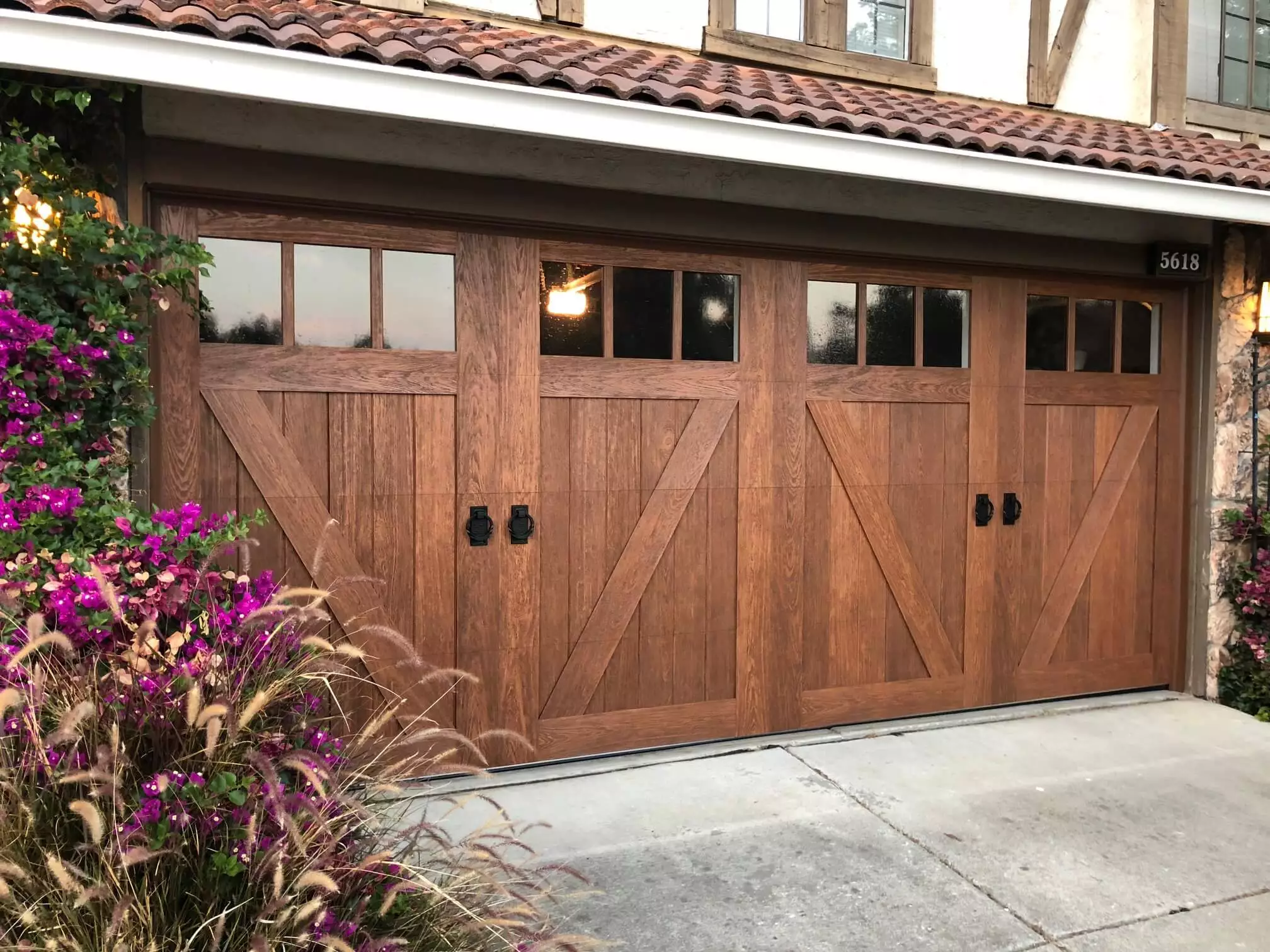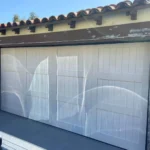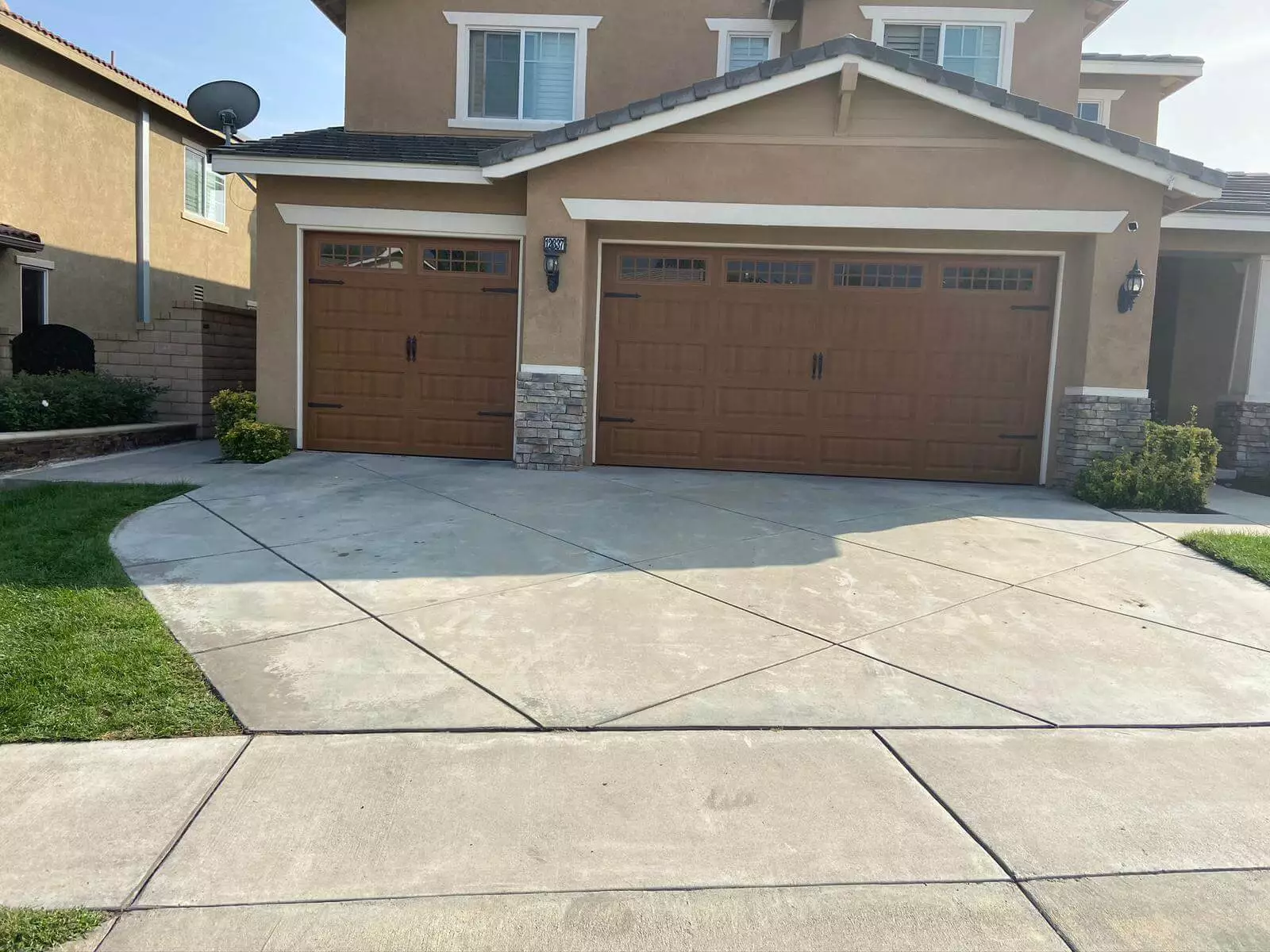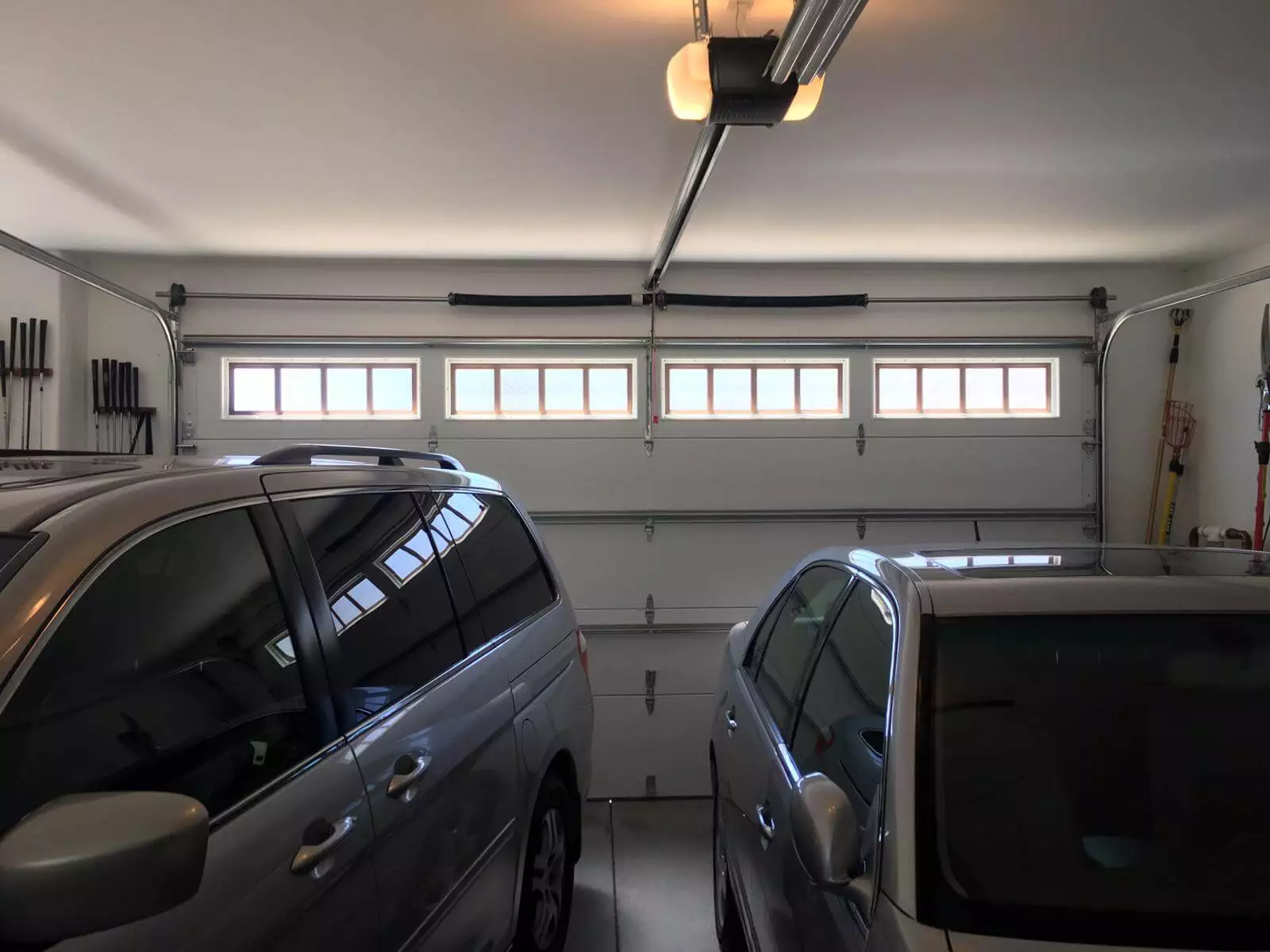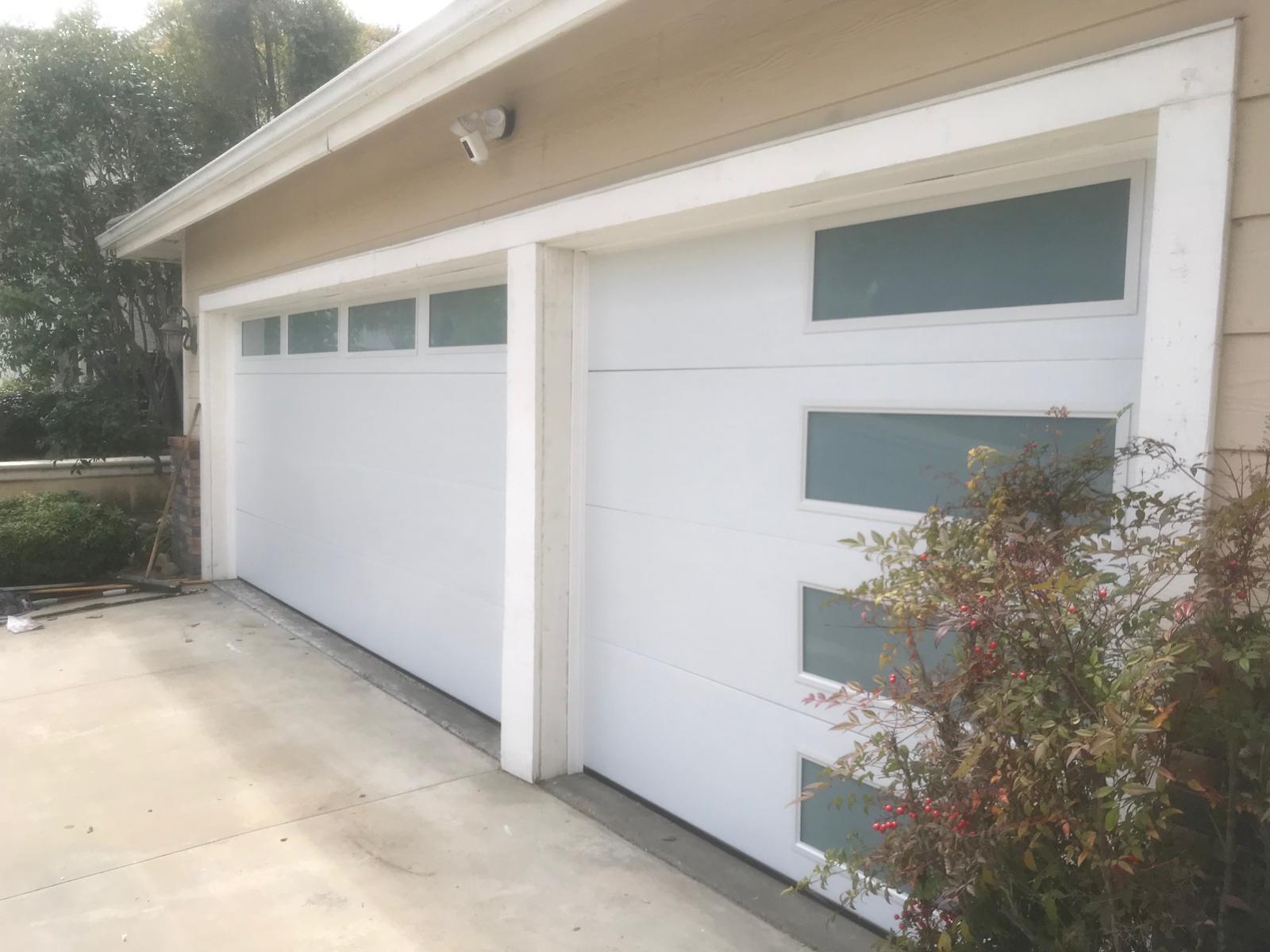Having a garage door that sticks or moves slowly can be frustrating, especially when you’ve got cars to park or things to haul in and out. More often than not, the culprit is simply a lack of lubrication on the tracks and rollers that causes friction. With some basic cleaning and lubrication, you can get gliding movement restored and avoid needing a full Garage Door Repair in Midlothian.

Content
Inspect for Buildup
The first step is to examine the tracks the door rolls on for any signs of dirt, grime or rust accumulation. Over time, this debris works its way into the tracks and rollers, causing added friction. Wipe down the top and bottom tracks as well as vertical track sections with a clean rag to assess the level of buildup.
Pay close attention to areas around curves or corners where particles tend to gather. You may notice grinding or grinding noises when operating the door that indicates need for cleaning. Gently scraping could be required to remove more stubborn deposits before lubricating.
Clean Out the Tracks
For light debris, a wipe down may suffice but heavier buildup calls for a deeper clean. Start by vacuuming out as much loose material from the tracks as possible. For any remaining grime, a degreasing cleaner does a great job of cutting through and lifting residues without harming surfaces.
Spray liberally into tracks and wipe clean with an old rag or paper towels. You can also detach small sections of straight track to fully submerge in cleaner if heavily soiled. Rinse thoroughly with clean water and wipe completely dry when finished. This preprocessed the tracks for optimal lubrication penetration.
Remove and Clean Rollers
Next, pop the wheels off the bottom door panel and wipe them down. Look for flats spots, cracks or rusting that may require replacement. Spin rollers while cleaning to access all surfaces. Degreaser works well but an old toothbrush comes in handy for stubborn spots.
Rinse off residue and let fully air dry before reattaching rollers to the bottom panel or installing new bearings if needed. Cleaning both tracks and wheels is key to reducing friction points for smooth operation.
Inspect and Lubricate Rollers
Now comes the important lubrication step. Garage door rollers rely on a very lightweight oil or grease that won’t pick up debris or attract dust like conventional petroleum products. Look for a lubricant specifically designed for tracks and rollers.
Apply via a needle tip bottle in a thin line down each side of the rollers. Spin them gently to distribute lubricant evenly. Too much can drip off onto the panel over time rather than stay where needed. Add lubricant sparingly and wipe away any excess.
Lubricate the Tracks
With the rollers coated, finish by applying lubricant in a similar manner along each side and seam of the metal tracks. Use short strokes to draw lubricant into the track surface without leaving drips. Focus lubricating where rollers contact tracks for minimal friction.
Wipe away excess so it doesn’t attract more dirt buildup later on. You want just enough coating to allow smooth rolling action without added mess. Periodic reapplication keeps the system fresh between deeper cleanings. With some patience, you’ve given new life to aging tracks.
Operate the Door
Now cycle the door opening and closing several times to work lubricant into all rolling surfaces. Stop halfway each cycle to apply more pressure and feel for any sticking points still in need of attention. With continued use, ensure proper distribution of lubricant where needed most.
Keep an eye and ear out as well – any signs of reoccurring squeaks or roughness means you may have missed a friction area needing lubrication. With luck, though, the door should now move freely again thanks to some simple DIY TLC!
Further Tests and Maintenance
Does the issue persist after trying lubrication? Inspect for other potential causes like warped panels, loose hardware or damaged sections requiring repair work. Many times, cleaning and lubrication is the cure. But catching issues early prevents bigger problems down the road.
Commit to periodically checking door operations and reapplying lubricant every 3-6 months depending on climate and usage. With preventive maintenance like this, garage doors can run smoothly for decades to come without needing a service technician! Let me know if you have any other garage door questions.

I am Donovan and my love is writing about home improvement. I write mostly about home ideas, but also share some tips and tricks that can make your life easier when it comes to getting things done in the house.



